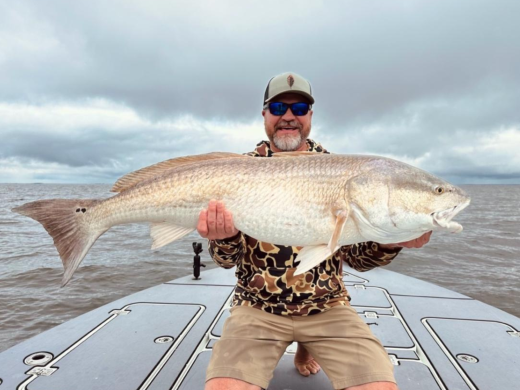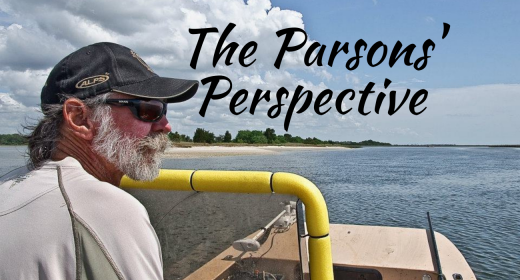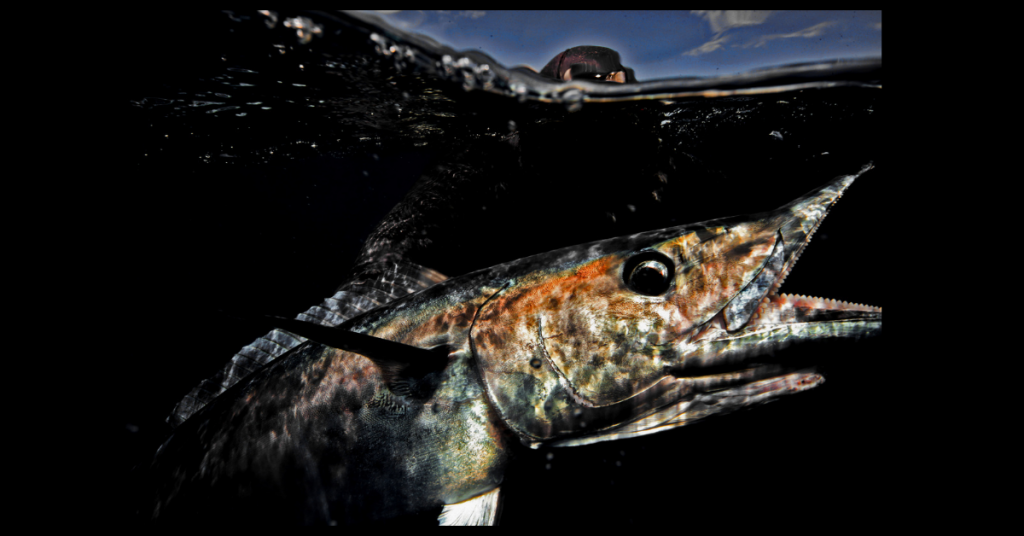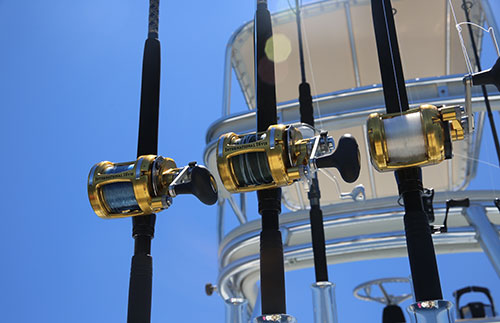North Carolina Outer Banks Wahoo…..Fast And Furious Fishing
Business on North Carolina’s Hatteras Island starts before the sun comes up. It starts with pickups, SUVs, and most any other vehicles moving down Highway 12 for another day of world-class fishing on this famous strip of sand. The ocean water is getting cooler by the day. That can only mean one of the most fast and furious saltwater fish species is heading there, to Hatteras Island migrating to their winter grounds. This migration heaps up seasoned saltwater anglers looking for a share of world-class fishing for another year, and Hatteras is the place to find it.
These vicious fast movers have been clocked at over 60 mph, making the Wahoo one of the top 10 fastest fish in the sea. Their combination of high speed and mouth-like guillotine gives them solid advantage over other species that may be swimming nearby. This same viciousness makes it a good idea to remove anything shiny and glittery like watches, rings, or even shiny belt buckles. If you don’t, you may lose more than a piece of jewelry. Many stories have been told about a Wahoo catching the flash and thinking it could be his next dinner.
The run offshore in the fall is relatively short by Outer Banks standards. It’s roughly a 1-hour trip and then the adventure begins. The big rods and reels go into action as the skirt-covered menhaden starts moving away from the stern of the boat. It will only take minutes before you see one of the world’s fastest predators slashing through the water on the attack.
It happens so fast that it may be shocking. The next thing is the scream of one of the reels and the bounce of the rod. He’s on but it’s not over. This is when the yelling begins between the captain and crew. Not out of anger, but out of excitement. Then it happens. A torpedo-faced big fish explodes out of the water like a missile. It seems like he hung in the air forever. After a big splash, the real fun begins. Slowly the leader comes into view and the mate has a tug-of-war with the Wahoo. He gets into the boat but he’s still ready to fight. Quickly your Wahoo is put into an ice-filled fish box for the ride home. Once the slamming inside the fish box ceases, the mate slowly opens it and removes the hook and lures to be used another day.
In the meantime, the whole process is repeated again and again until it’s time to return home, where you hang the fish up for the pictures that support the story about the big vicious “animal” caught that day. We take our cleaned fish, thank our captain and mate, and head home to brag about our adventure. It includes a lot of laughter and a little bit of exaggeration. Most of all it came with a lot of pride.
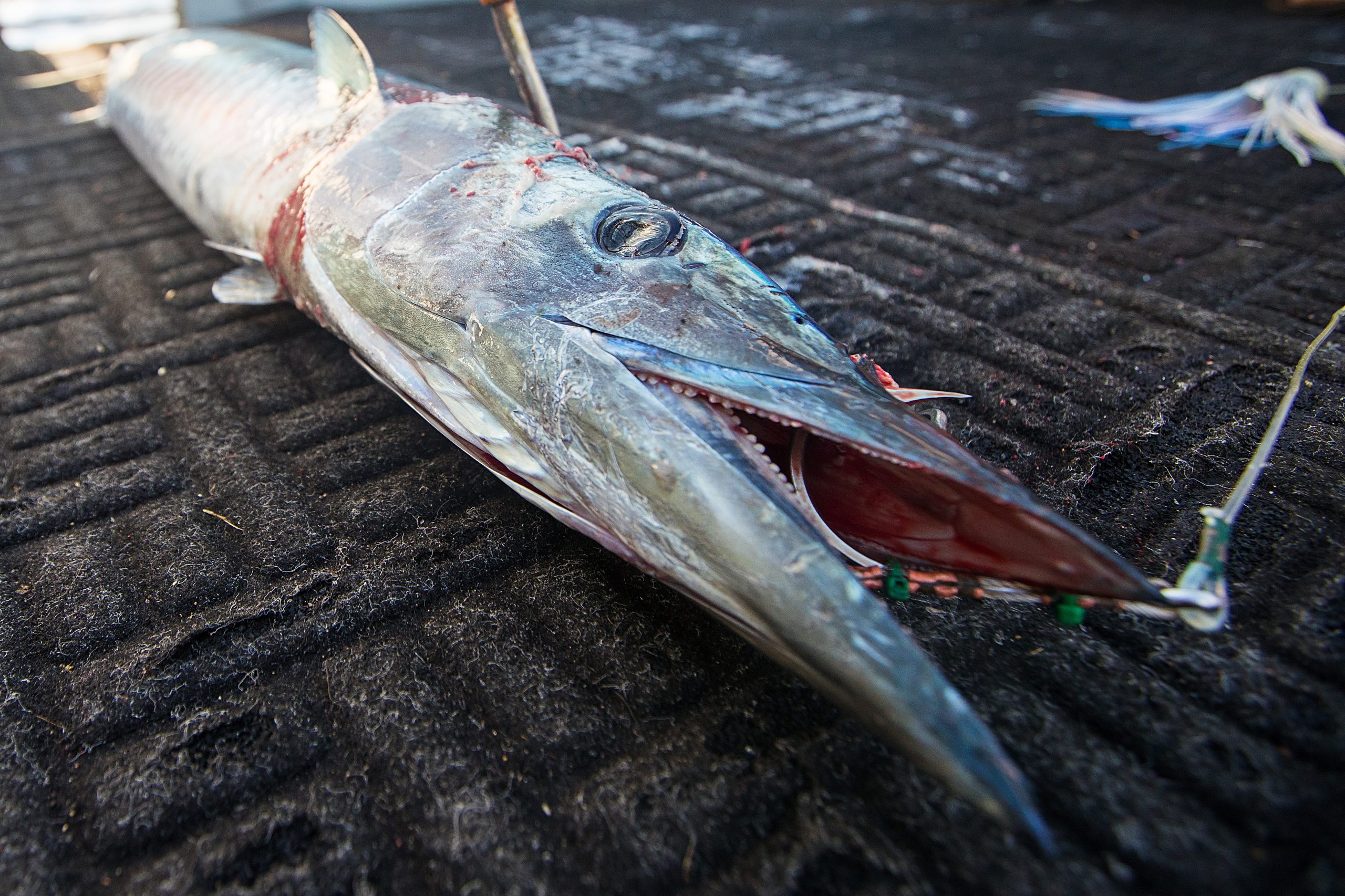
Catching one of the most aggressive and fastest fish in the world is a rewarding feat. The Wahoo are great opponents and I respect them for that. From the time you leave the dock to the minute you return, it’s a rush that you’ll never forget. The first one you ever catch is a step up the angler ladder.
In closing, if you’re a novice with Wahoo fishing, make sure you take the time to learn from an experienced angler about the “dos and don’ts”. While Wahoo fishing is great fun, it can be dangerous. Be careful and good luck.
You may be interested
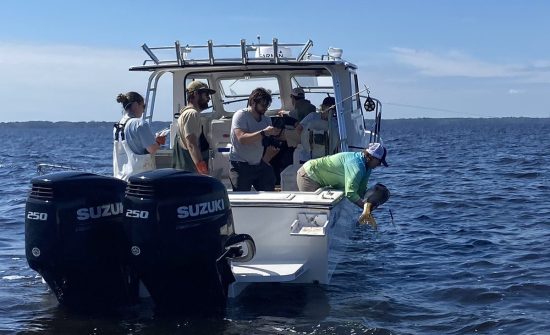
Satellite Tracking Study Aims To Unlock More Red Drum Secrets
Tim Wilson - April 8, 2025A pilot study tracking a popular saltwater fish was not expected to yield as much information as it did in its first year. When the North Carolina…

9 Things Fishing Guides Won’t Tell You
Tim Wilson - April 8, 2025We’re all amazed at how fishing guides nearly always know what to do and where to go to put fish in the boat. Most guides are fishing…
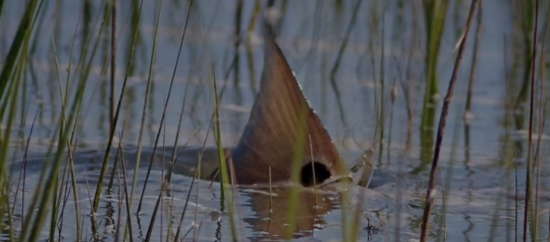
How the Moon Phase Impacts Inshore Fishing
Tim Wilson - April 3, 2025The late spring and early summer months are a time of the year when the inshore goes thru a transition period. It's when the fish come out…
Most from this category
